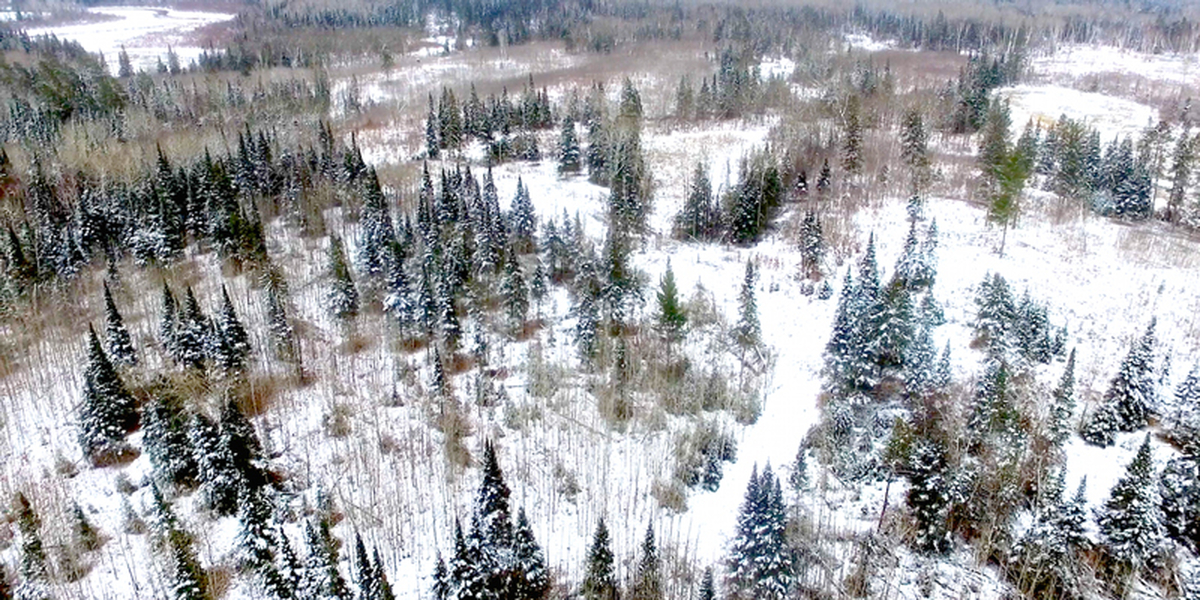
“One of our top priorities going forward is to expand place-based research rooted in this unique environment. This land purchase makes that possible.”
Itasca Biological Station and Laboratories has been around for a long time. The name has changed, but the University of Minnesota field station has occupied 80 acres inside Itasca State Park for more than a century. Its unique location has provided outstanding opportunities to observe the natural world and teach generations of students about ecosystems, but working inside this sanctuary has limited broad ecological experiments. Until now. In November, the University purchased more than 60 acres just outside Itasca State Park a few miles from the station where researchers will be able to set up long-term experiments.
“One of our top priorities going forward is to expand place-based research rooted in this unique environment,” says College of Biological Sciences Dean Valery Forbes. “This land purchase makes that possible.” Three great ecosystems of North America converge in Minnesota — northern evergreen forests, eastern broad-leafed forests, and western prairie — and Itasca is part of this transition.
The new property, located northwest of the station, contains uplands and forested areas with pine, spruce, balsam, aspen, maple, birch, and other native species. Clarence Lehman and Lesley Knoll led the effort to secure the land in collaboration with incoming director Jonathan Schilling. They workdc closely with the landowner, the local community, the State of Minnesota, University administrators and others. "This land will be a resource for the local communities around Itasca, the people of Minnesota and all those interested in advancing our knowledge of these ecosystems and their future," says Lehman.
Schilling points out that Itasca’s location at the headwaters of the Mississippi River along with the fact that it has been protected for many years provides an opportunity to collect important baseline data on natural systems.
"Itasca State Park is blessed with a quarter of Minnesota's acreage of old-growth forests in a sanctuary protecting our Mississippi River headwaters,” says Schilling. “Working with the Department of Natural Resources, this offers researchers the unique opportunity to do benchmark science — to see what nature looks like with minimal manipulation. Access to land nearby will enable researchers to pair manipulative science with their 'sanctuary science' in the park, giving us a chance to tease out and predict how nature responds to change. Being able to offer researchers the opportunity to do both is a big advantage.”
“Stations like Itasca are places where we can ‘take the pulse of Earth’s ecosystems,”’ says Schilling. “Within a short distance, you cross two biome transitions (pineland-hardwood-prairie) heading west from Itasca, situating the station at an important and well-defined transition zone that is undoubtedly prone to shifts in climate.” –Stephanie Xenos
About the image | Aerial photo of the property recently purchased near Itasca Biological Station and Laboratories.